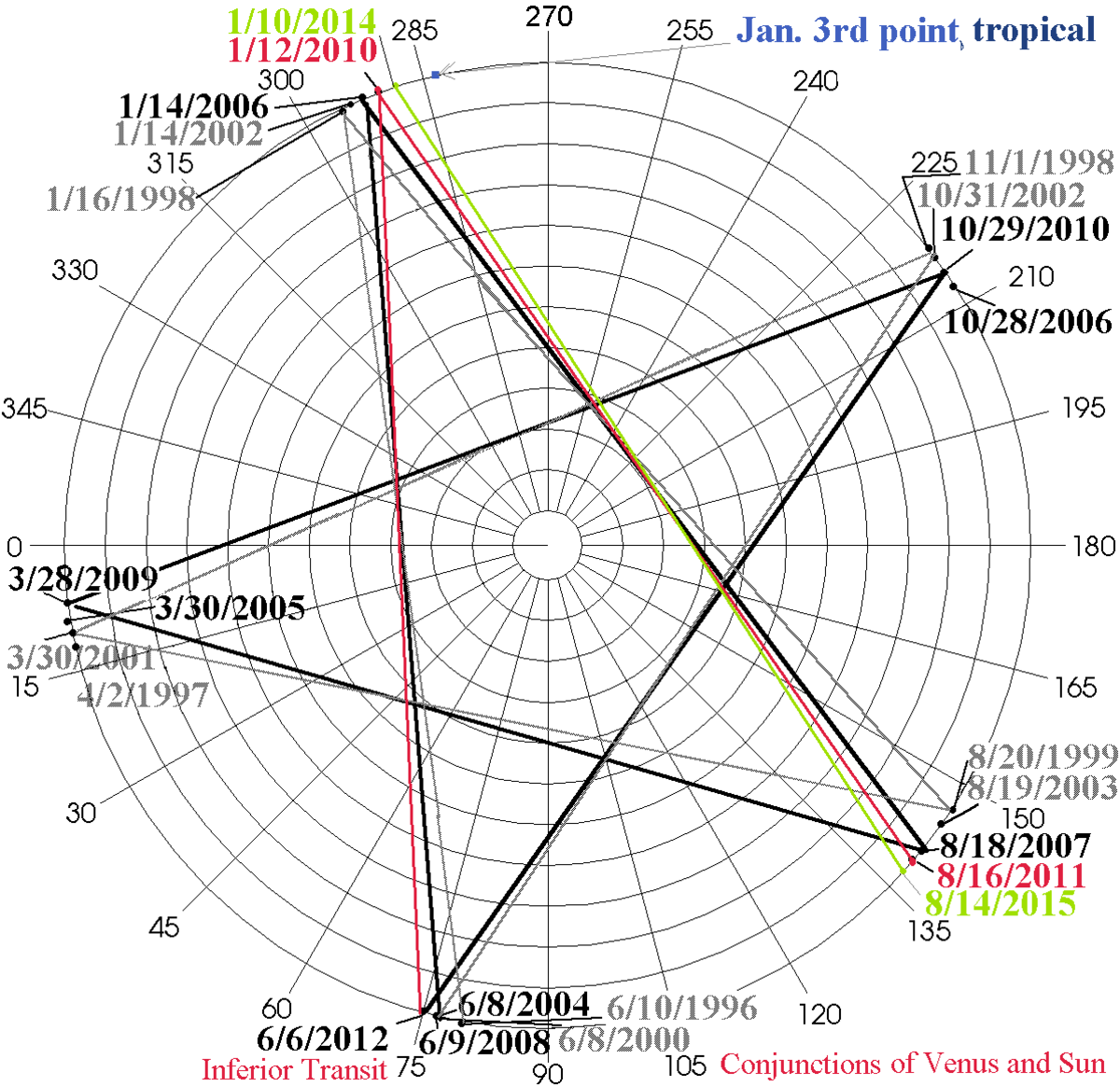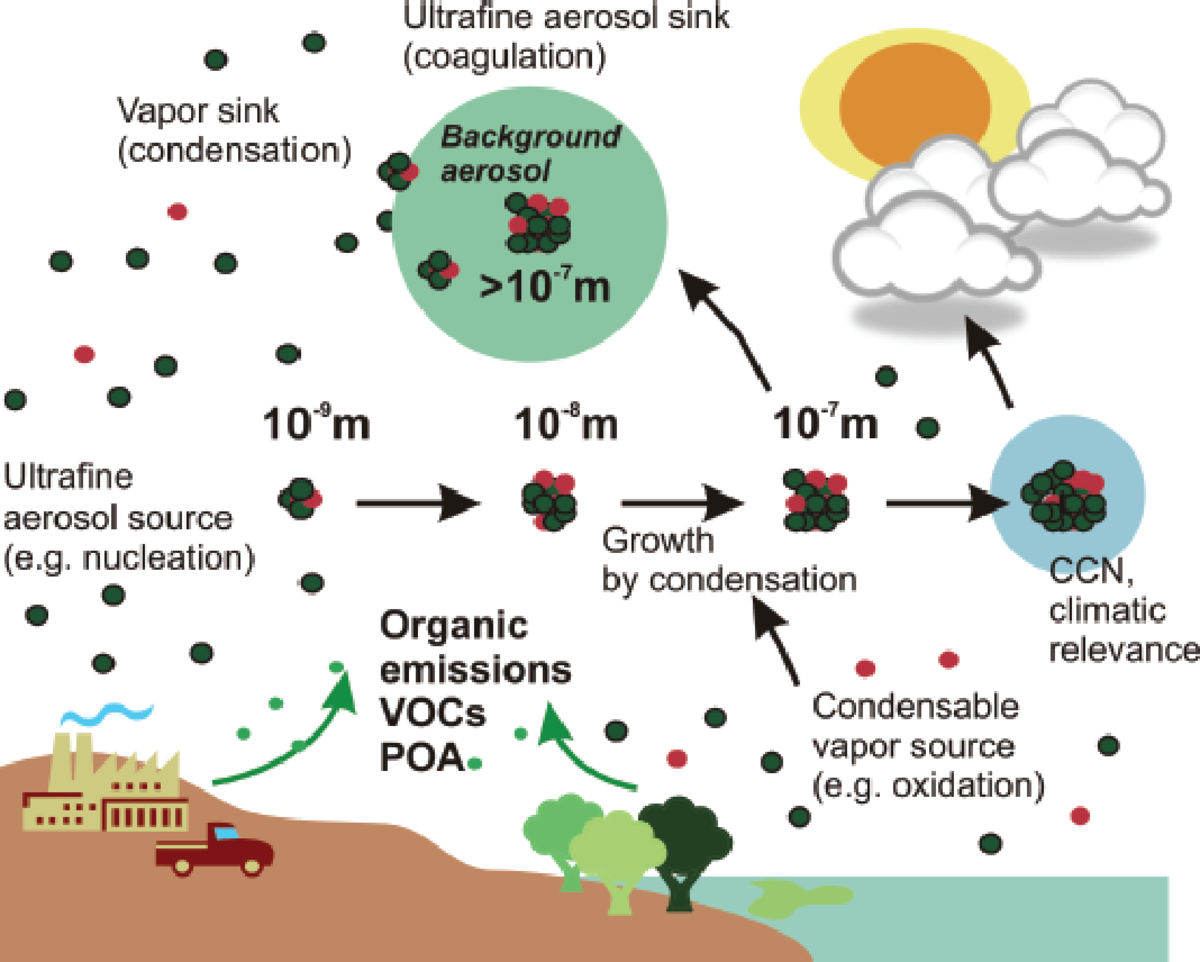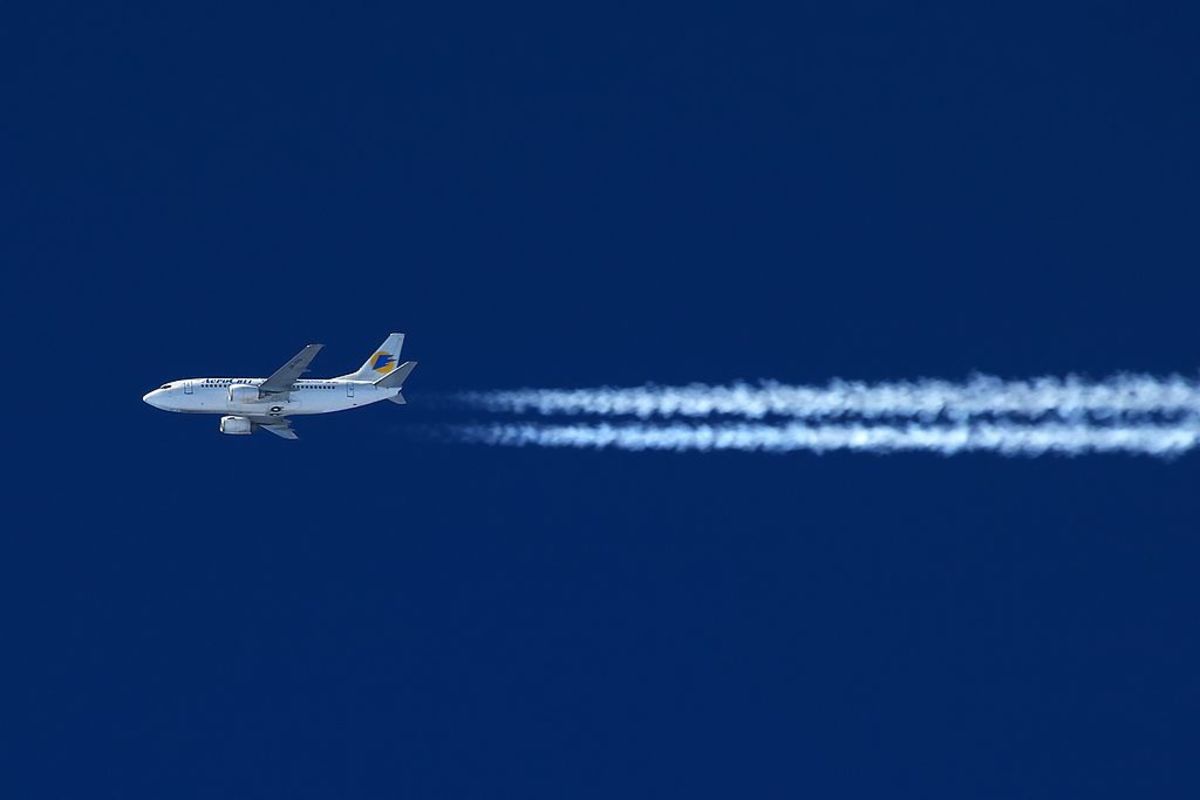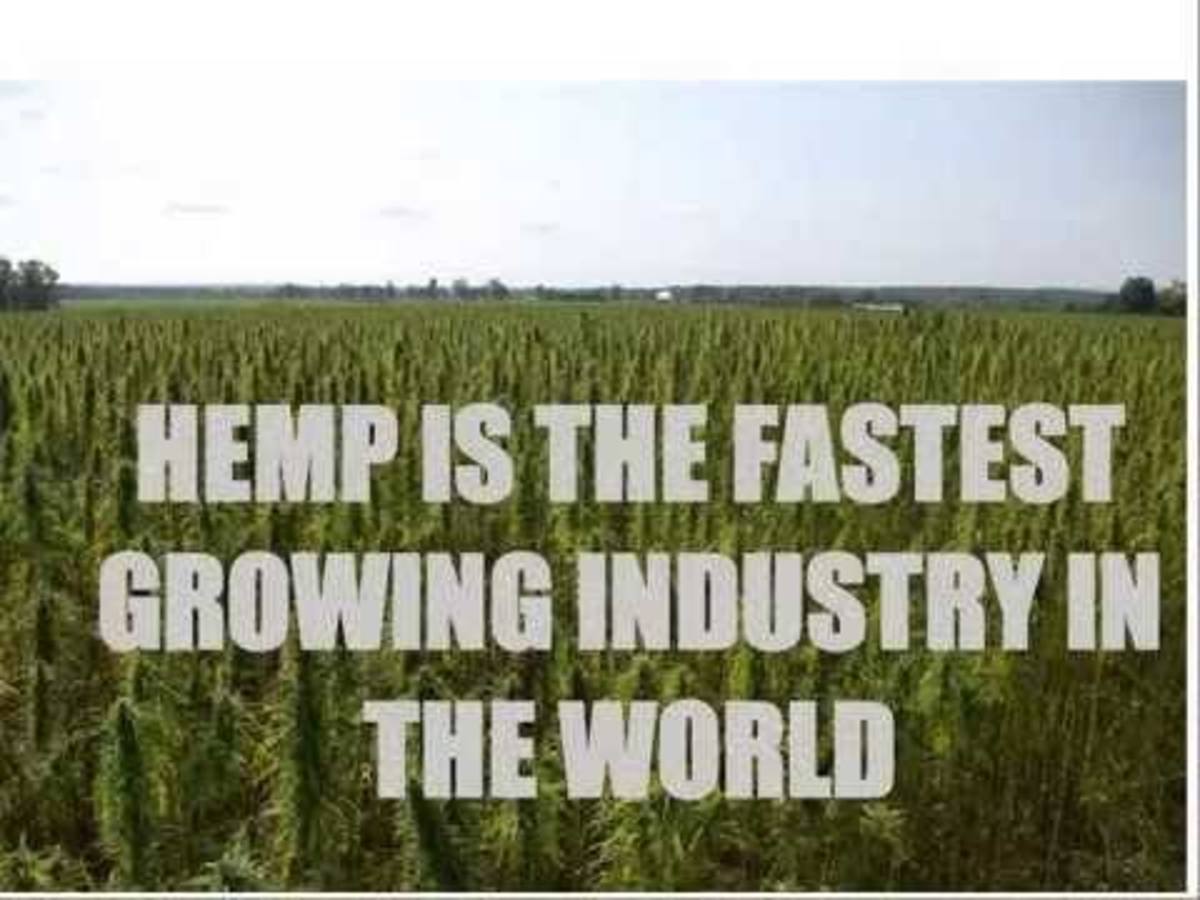Earth's Atmospheric Gases


By Joan Whetzel
Earth's atmosphere consists of several gases in varying amounts. Each of these gases are essential for maintaining life on Earth and serve as the power behind Earth's weather systems. The atmosphere envelopes the earth with three constant gases - nitrogen, oxygen and argon - and a mixture of greenhouse and other trace gases including: carbon dioxide, water vapor, ozone, neon, helium, methane, krypton, hydrogen, nitrous oxide, carbon monoxide, xenon, nitrogen dioxide, mercury and ammonia.
Major Gases and Minor Gases
Air, the name given to our atmosphere, is what we breathe and what provides for plant photosynthesis. Dry air holds approximately 78% nitrogen, 20% oxygen, 1% argon, and about 0.04% carbon dioxide along with trace amounts of the other gases. The gas content as well as the atmospheric pressure varies from place to place, depending on the elevation. The major gases in the atmosphere are the nitrogen, oxygen and argon, while the gases are clumped together under the title of minor gases. Three of the minor gases (carbon dioxide, water vapor, ozone) are considered greenhouse gases. The carbon dioxide, ozone and some of the trace gases only become dangerous when they surpass their ideal levels.
Nitrogen in the Atmosphere
Nitrogen makes up 78.08 percent of the atmosphere or about 780,840 parts per million by volume (ppmv). Negatively charged lightning transfers this gas from the atmosphere to the ground, providing necessary nutrients for plant growth, which in turn, provides digestible proteins for humans and animals alike. Nitrogen is returned to the atmosphere mainly through volcanic action.
Oxygen in the Atmosphere
The atmosphere contains 20.95 percent oxygen which is equivalent to 209,460 ppmv. Plants convert carbon dioxide, water and sunlight into oxygen during the photosynthesis process, then release the oxygen into the atmosphere. Humans and animals breathe in the oxygen, and exhale carbon dioxide back into the air. The main producers of carbon dioxide, however, are volcanic eruptions and, to some extent, auto emissions.
Argon in the Atmosphere
Argon, considered an inert gas, comprises 0.93% of the atmospheric gases, which equates to 9,340 ppmv. This gas, which is both odorless and colorless enters the atmosphere through the production of oxygen and nitrogen. Argon is important for use in welding, crystal growth for semiconductors, fire extinguishing systems as a flame retardant, and as an anti-corrosive agent inside incandescent light bulbs.
Water Vapor in the Atmosphere
Water vapor is an important component of the atmosphere. It is water that has been vaporized into a mist of fine water droplets. Water vapor transfers heat into the atmosphere, and produces precipitation in the form of snow, fog, and rain. This creates fresh water to feed humans, animals and plants. It is also one of the factors contributing to the greenhouse effect. The atmosphere contains approximately 0.40% water vapor, though it may contain as much as 1 to 4% at ground level.
Carbon Dioxide in the Atmosphere
Carbon dioxide (CO2) makes up 0.03% of the atmosphere which comparable to 390 ppmv. The atmosphere contains more CO2 than any of the other trace gases. CO2 enters the atmosphere mainly through volcanic eruptions, but also occurs due to expiration by humans and animals. Recent human activities has increased carbon dioxide amounts in the atmosphere by 35% due to the burning of trees during deforestation and the burning of fossil fuels.
Other Atmospheric Gases
Ozone, one of the minor gases, occurs naturally in the upper levels of the atmosphere. At surface levels, however, ozone is usually only present as a smog by-product. The trace gases that make up the remainder of the atmosphere's composition include: neon (18.18 ppmv), helium (5.24 ppmv), methane (1.79 ppmv), krypton (1.14 ppmv), hydrogen (0.55 ppmv), nitrous oxide (0.3 ppmv), carbon monoxide (0.1 ppmv), xenon (0.09 ppmv), ozone (0.07 ppmv), nitrogen dioxide (0.02 ppmv), iodine (0.01 ppmv), and ammonia (trace).









